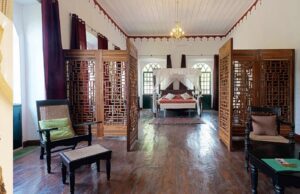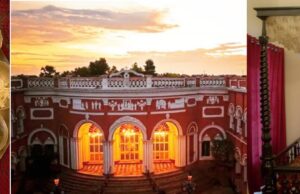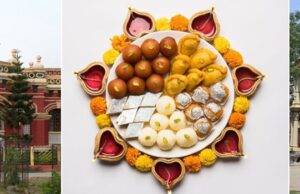
WoT's Hot
The Cultural Capital of India, Kolkata has been my home for the last 29 years. Born and brought up amidst the city’s cacophony, I have somehow come to love it, even desire it, when not everyone might agree to the same. I love its cobbled streets, I love its old colors, I adore its music, the food, chai in earthen cups, the yellow ambassadors, and everything else that symbolizes ‘Bengal’. Out of the Howrah Station, there’s a sparkle in my eyes – the excitement of homecoming. It’s a feeling that you get when you are among your own – everyone is a friend and everyone shares a part of your passions.
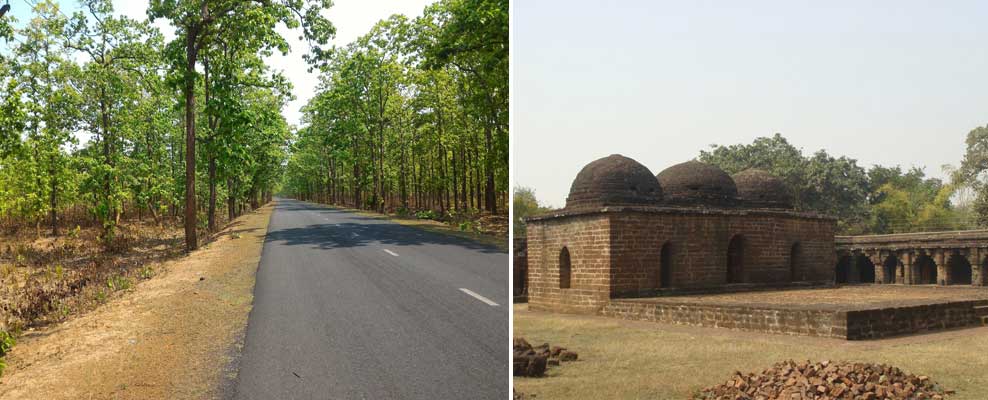
Salboni Forests, Jhargram, West Bengal
This time, I had managed to take a long holiday from work and all the tiredness from a 15-hour long train journey had passed, once I had stepped into the cab outside the station, to reach home. Along the way I could view the Howrah Bridge, the Victoria Memorial, the Race Course, the Alipore Zoo, and many more places that round up any tourist’s visit to the city. However, it wasn’t these establishments that got me smiling to myself. I longed for something more personal – the patch of ground called the Maidan where I used to hang out during my college days, the small lanes that had us chatting well into the evenings, the small tea stalls that served cups of heavenly brew, the familiar Bengali accent (which sounds musical to my ear) which I grew up around. Yes, my best memories of Kolkata are all woven around a small group of friends, friends who are more of a family today!
The best part of the trip was that the same group of friends that I hung around with would be coming together to share this journey.
Bookings had been made beforehand and on the morning of 24th December, we meet at Chowrasta. It’s like we had never been apart for long – no emotional ‘Hi’s’ – but we all were happy seeing each other. Debarshi would be driving through the trip and Nayan, with his commendable knowledge about the city’s history, would be the navigator. I, on the other hand, would be torturing them with embarrassing flashbacks and we would laugh it all the way! Kolkata to Jhargram is about 170 kilometers and apart from the regular tea and snack breaks, we had a couple of other places marked on our maps.
Kurumbera Fort, Ganganeshwar, West Bengal
The first stop was the Kurumbera Fort, erected in the 14th-century. Located in a small village that goes by the name of Ganganeshwar, Kurumbera Fort houses the remains of both a Hindu shrine and a Mosque. The fort was originally built by the Odia King Gajapati Kapilendra Dev and added upon (mosque) by Mohammad Tahir, during Aurangzeb’s (6th Mughal Emperor of India) rule.
The best part of the fort was, was however, the pillared corridor that runs all around the main altar. A lot of history goes into the ruins but there is very little information available about the construction and additions. The structure is protected and maintained by the ASI today.
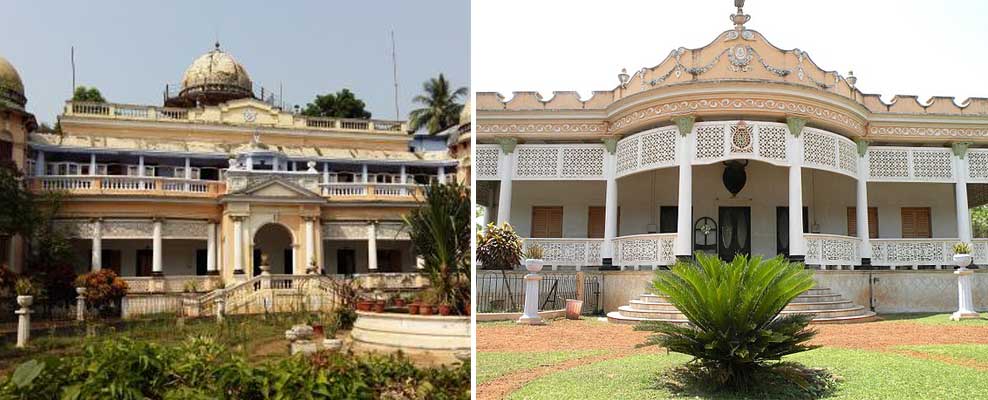
Jhargram Palace Outhouse, Jhargram, West Bengal
The residence of the Malla Dev Royal Family, the Jhargram Palace is an extravagant structure. When you enter the gates, (the property also serves as the local post office), you are invited in by a flock of crazy turkeys (pets there!). This construction dates back to 1592 AD during the reign of Mughal Emperor Akbar. The Rajbari which saw the rise of the Malla rule in this part of the country was one of the first establishments that revolted (Chuar Mutiny) against the invasion of the East India Company, who lay the grounds of the British Empire in India.
Commissioned by Raja Narasingha Malla Dev, the Jhargram Palace is a leading representative of the Indo-Saracenic Architecture. Spread across 30 acres, the campus includes a temple, a vast courtyard, an extravagant outhouse and all of it is worth a visit.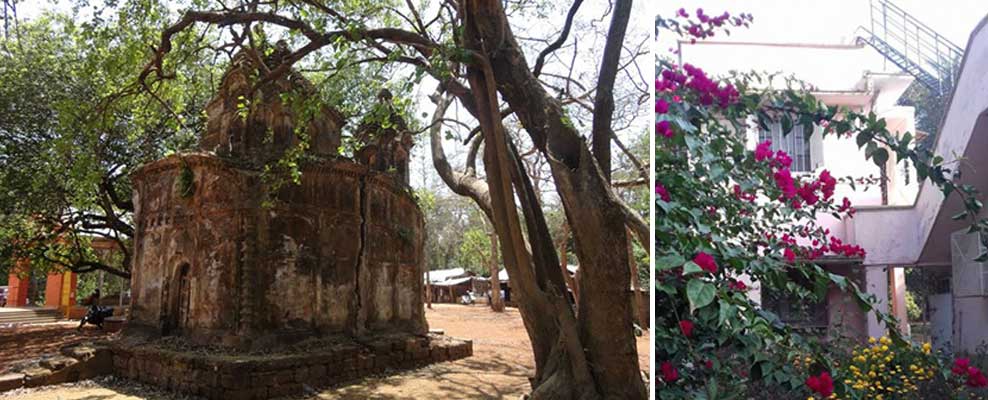
Kanak Durga Temple, Jhargram, West Bengal
Completely in ruins, the Kanak Durga used to be the place of worship for the tribal community and the then dacoits prowling the forests in Junglekhand, the region as it was known back in 1592 AD. The route to the Kanak Durga Temple is, however, something special. It would look like a safari in the forests, but it is constructed only with artificial fiber and the animals have been placed strategically to give you a heightened feel of the wilderness. The walk is great only if you don’t happen to be visiting during the peak tourist season. Since it was the 25th Dec (Christmas), the area was crowded. Even worse was the condition of the Delung River banks. Plastic packets and emptied alcohol bottles strewn everywhere, the river cried due to its mismanagement and irresponsible tourism.
The highlight of the trip – Niribili Homestay
A charming farmhouse, the property is surrounded by the famed Salboni Forests and offers the peace and quiet that anyone would fall in love with. Our host, Mr. Ranajay Gupta, and Mrs. Mitali Gupta made sure that we had an experience that we remember and come back for again! The food was amazing and we couldn’t help licking our plates clean! If you are visiting Jhargram, this is the place to stay – Take a walk around the jungle, see the open sky at night and breathe in life.
We spent 3 days in Jhargram and though we wouldn’t have wanted to come back from the quiet, there was more waiting for us in Kolkata. Until next time!
For an unabridged version see: http://madhumaymallik.com; Instagram Account: @dandelion.diaries . All Banner Photos by Madhumay Mallik.
The Cultural Capital of India, Kolkata has been my home for the last 29 years. Born and brought up amidst the city’s cacophony, I have somehow come to love it, even desire it, when not everyone might agree to the same. I love its cobbled streets, I love its old colors, I adore its music, the food, chai in earthen cups, the yellow ambassadors,
Other Articles in WANNAGO WOT
What to read next
Featured articles

Welcome Festive Season in Glam, Latin Quarters Launches new #PujoBling Collection with Monami Ghosh
by WOT





































